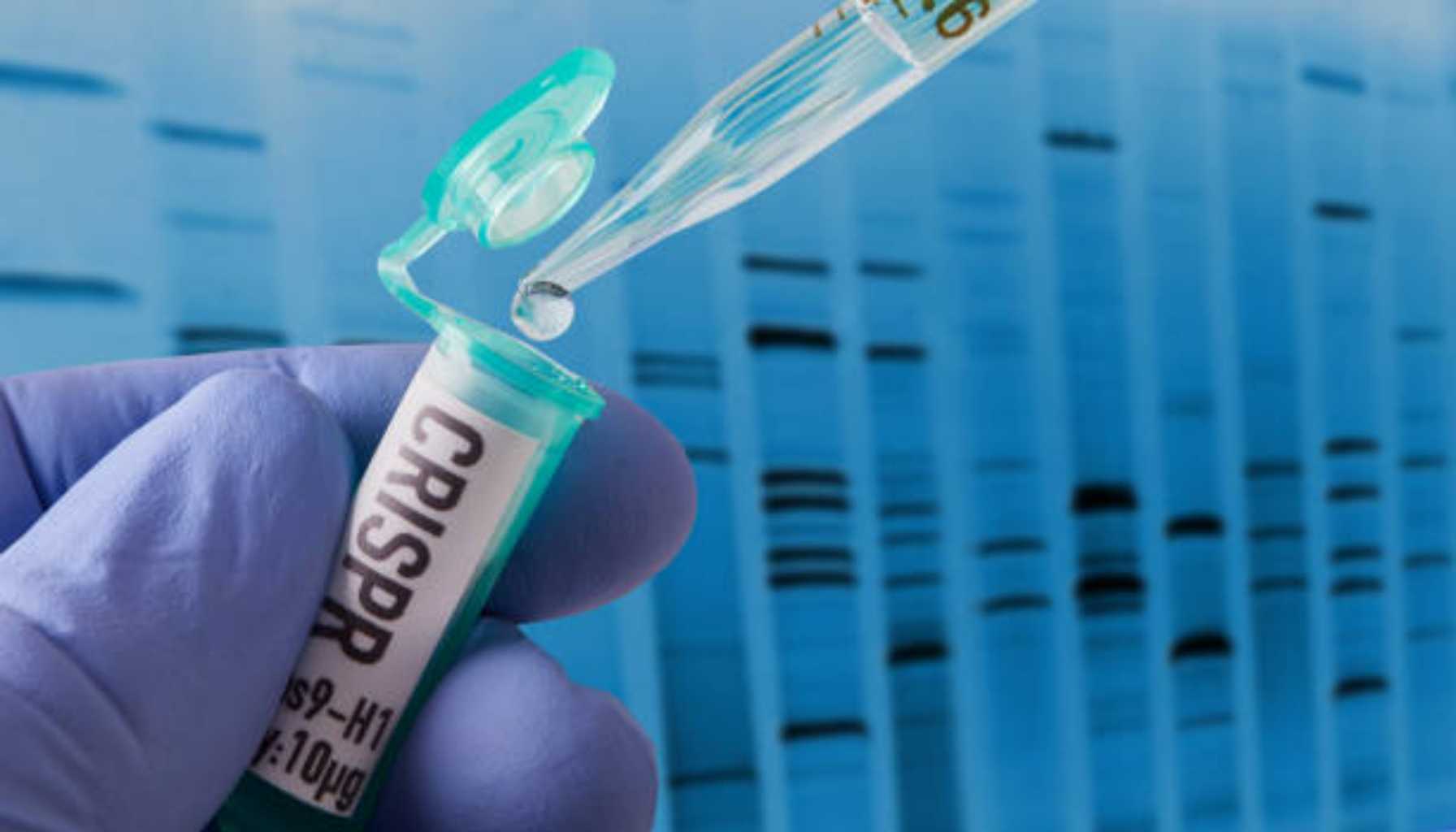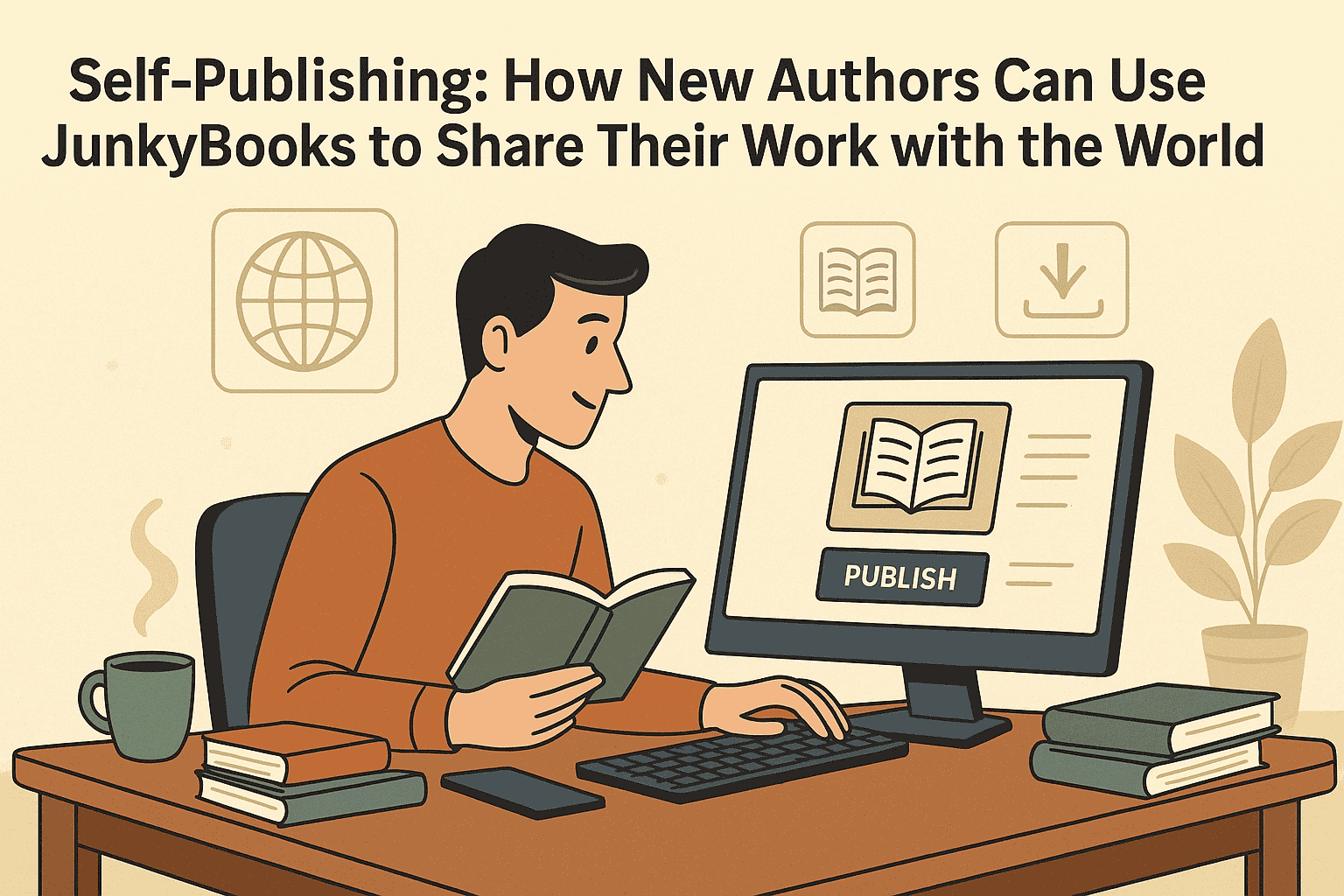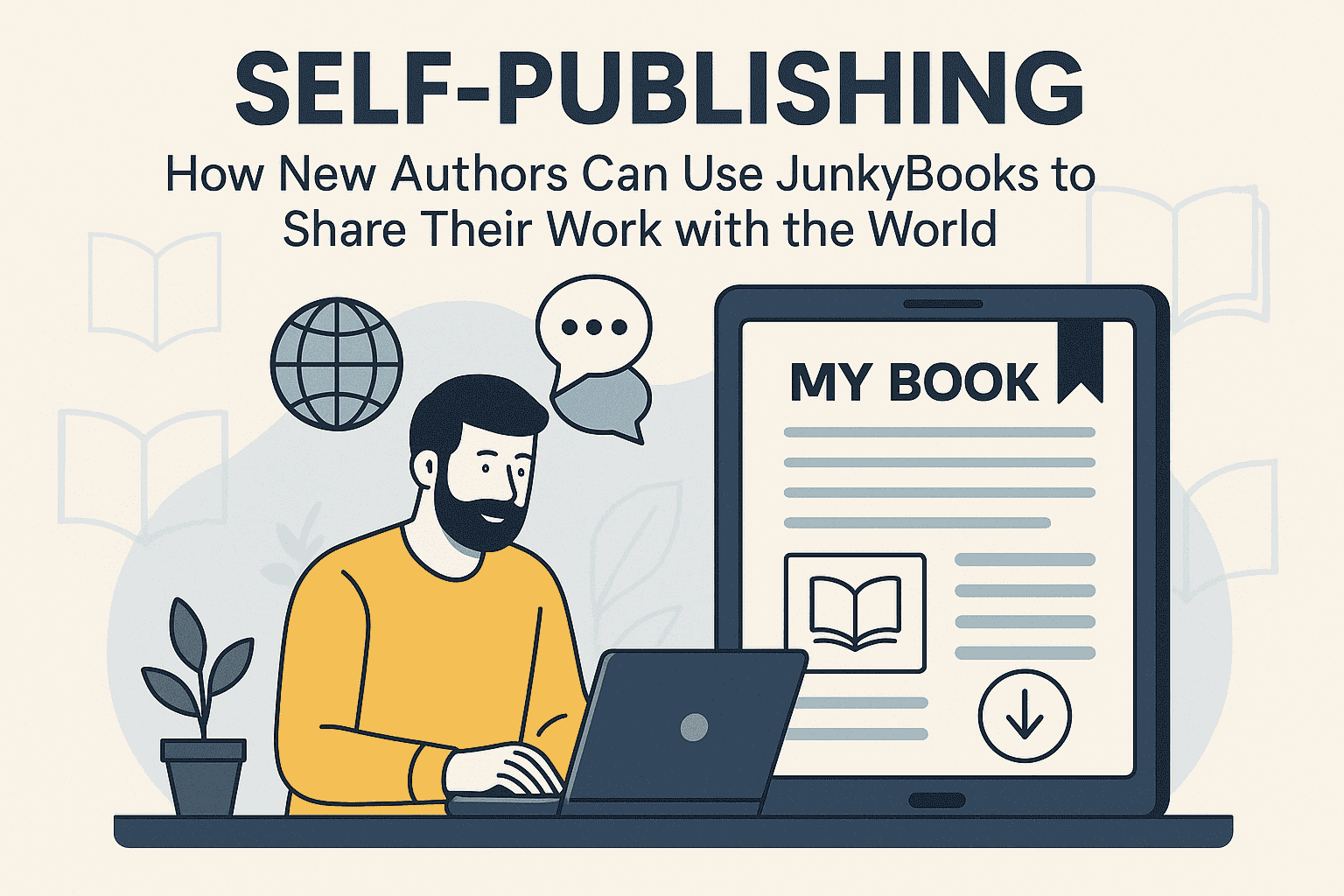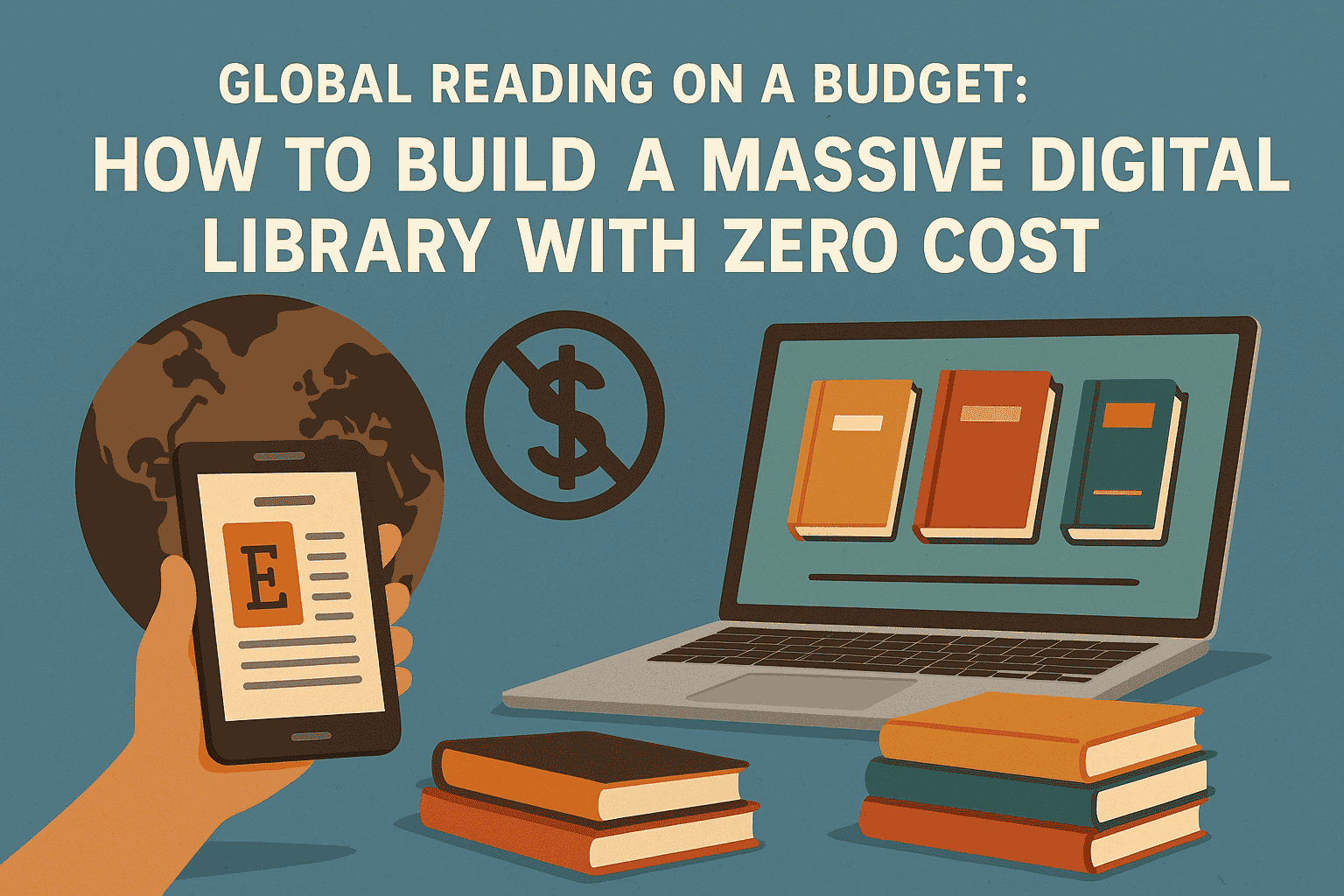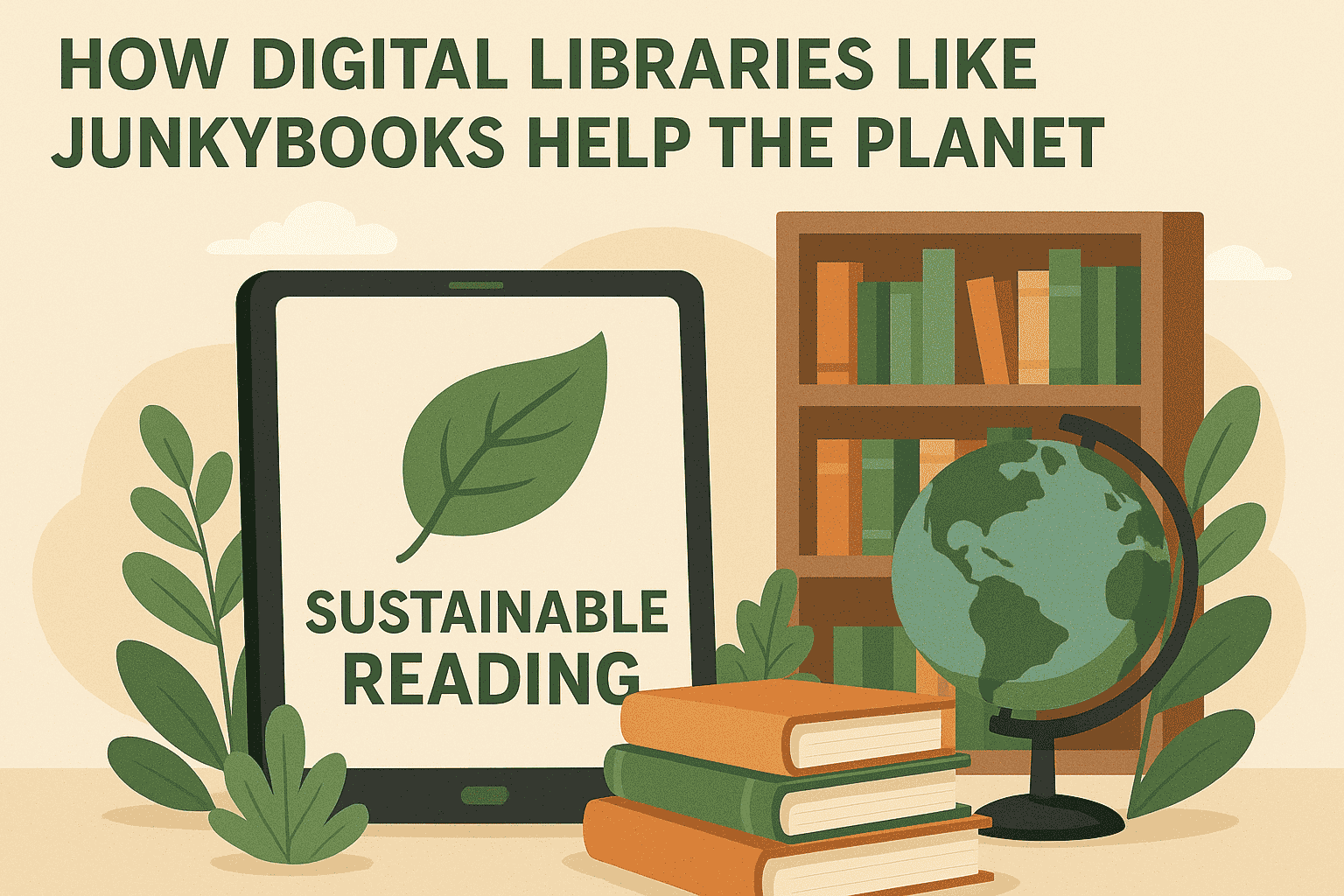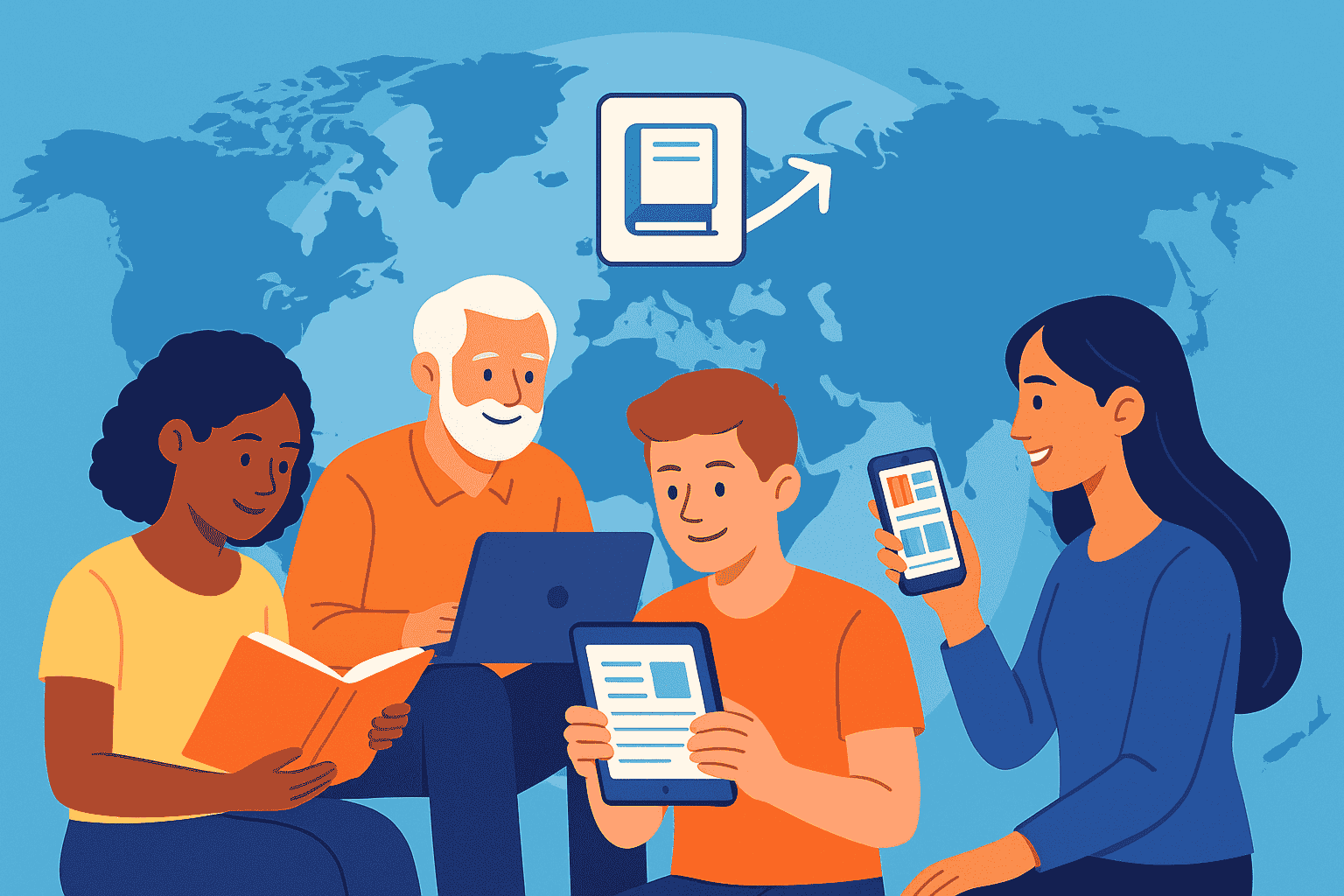CRISPR and Gene Editing Technology: Rewriting Life's Code
If somebody told you humans can now rewrite the code of life—literally edit DNA like text on a Word document—you'd think it's a plot twist in a science fiction novel. But it's not fiction. It's real, and it's here.
The name of this game-changing tool? CRISPR.
At junkybooks, we’re always on the lookout for game-changing innovations, and CRISPR is undeniably one of the biggest technological breakthroughs of the 21st century. Whether it’s curing genetic diseases, modifying crops, or even reviving extinct species (yep, that’s on the table), CRISPR has opened the door to a new era of science.
Let’s dive into what makes this technology so revolutionary—and why it’s more than just a scientific curiosity.
What Is CRISPR, Anyway?
CRISPR stands for Clustered Regularly Interspaced Short Palindromic Repeats—a mouthful, we admit. But no need to commit the long name to memory to understand how groundbreaking it is.
Basically, CRISPR is a natural defense system in bacteria. Bacteria use it to identify and cut up viruses that attack them. Scientists thought they could co-opt the process to edit DNA in any organism, including humans.
It's like giving scientists molecular scissors. With CRISPR, they can cut specific sections of DNA and remove them, swap them out, or even add new genes. And the icing on the cake? It's fast, cheap, and relatively easy compared to the old gene-editing tech.
It's like going from a typewriter to a full word processor—with autocorrect, spellcheck, and formatting.
How CRISPR Is Revolutionizing Medicine
One of the most exciting uses of CRISPR is in the fight against genetic illness. Sickle cell anemia, cystic fibrosis, and certain forms of inherited blindness are all caused by a single faulty gene. With CRISPR, scientists can go right to the cause—fix the typo in the DNA, and essentially cure the disease at its source.
There have already been promising clinical trials. In one case, a woman with sickle cell disease—who had endured years of pain and hospitalizations—was treated with CRISPR. With a single treatment, her symptoms disappeared. No more crises. No more hospitalizations. It was, quite literally, life-changing.
There's even hope for CRISPR to help in diseases like cancer, HIV, and even Alzheimer's. Imagine that we don't treat symptoms anymore, but eradicate the causes at the genetic level. It's a dream, but it's becoming more of a reality by the day.
From Farms to Super Crops
CRISPR is not just for humans. It's also revolutionizing agriculture.
Scientists are using gene editing to create crops that are more nutritious, more resistant to disease, and better able to resist climate change. Think: drought-resistant rice, bruise-resistant tomatoes, or wheat with additional protein.
Unlike traditional GMOs (which often add foreign genes), CRISPR simply edits the plant's existing DNA. This is both more precise—and, to some, more acceptable.
As someone who grew up helping with a backyard garden, the prospect of being able to customize plants to be healthier, quicker, and improved is amazing. My tomatoes always got infested with pests. Imagine being able to switch off the gene that attracts the pests in the first place!
The Ethics of Editing Life
With great power, as they say, comes solemn responsibility.
CRISPR raises a whole range of ethical questions—some of them profound. Should we edit human embryos to remove the risk of disease? What about to improve intelligence or physical traits? Where do we draw the line between therapy and enhancement?
In 2018, a Chinese researcher made the news for producing the world's first gene-edited babies. The international scientific community was swift to condemn the move—not only due to the safety issues, but due to the ethical can of worms it raised.
It's a gigantic leap from treating a life-threatening disease to designing a "perfect" child. That's why researchers, ethicists, and lawmakers are struggling to develop guidelines. The tool is powerful; it must be balanced with empathy, wisdom, and restraint.
CRISPR in the Lab—and at Home?
Believe it or not, CRISPR is now so accessible that DIY gene editing kits are for sale online. Biohackers and hobbyists are editing yeast to glow in their garages or modifying bacteria to produce new fragrances. It's thrilling—and somewhat unsettling.
This democratization of science is thrilling, but it also underscores the need for responsible use. Just because you can edit DNA doesn't mean you should—certainly not without training or understanding of the implications.
When I first saw one of these kits being opened on YouTube, I was amazed, but also appalled. The fact that the blueprint of life can be toyed with in the home is a testament to how far we've come—and how cautiously we must move forward.
What the Future Holds
Further down the road, the possibilities with CRISPR are mind-boggling.
We can have a world with genetic diseases a thing of the past. Species at the point of extinction saved. Farming made more climate-proof and sustainable. New medicines created to treat illnesses we currently consider incurable.
There are even whispers of using CRISPR for space travel—editing microbes to help support life on Mars or using gene-edited cells to help astronauts adapt to space radiation.
It's insane. It's exhilarating. It's real.
At junkybooks, we see CRISPR not just as a tool, but as a symbol. A symbol of humanity's growing ability to take its destiny into its own hands. But with that power comes an enormous, somber responsibility. The power to edit life must be matched with the wisdom to do so ethically and for all.
A Final Reflection: Rewriting the Narrative
CRISPR and gene editing represent a new kind of storytelling—one written not in ink, but in DNA. We’re learning to rewrite our biological narratives, to repair the past and shape the future at a cellular level.
But as any good writer knows, editing isn’t just about cutting or adding. It’s about intention. Purpose. Meaning.
The same applies to human gene editing. We now have the tools. The question is: what narrative do we want to write?
Because in the end, this is not about genes—it's about humans, about communities, about the world we are attempting to build.

